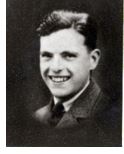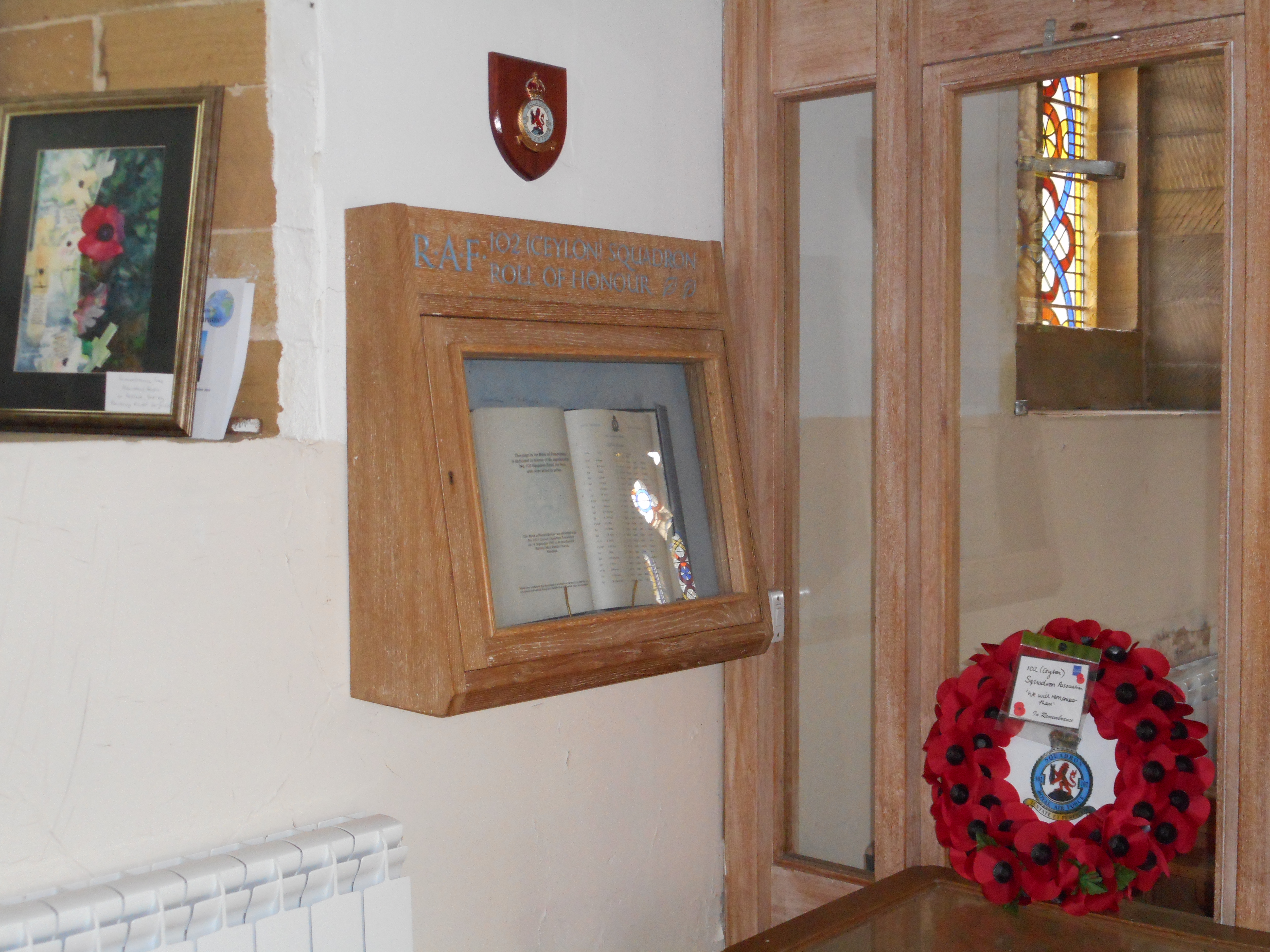Judd, Thomas Eric
Personal Information
Aircraft Information
| Aircraft | Handley Page Halifax II |
| Serial Number | JB843 |
| Markings | DY-F |
Memorial Information
| Burial/Memorial Country | Netherlands |
| Burial/Memorial Place | Bergen-op-Zoom Canadian War Cemetery |
| Grave Reference | 30. A. 6. |
| Epitaph |
IBCC Memorial Information
| Phase | 2 |
| Panel Number | 192 |
Enlistment Information
| Service Number | 1233573 |
| Service | Royal Air Force Volunteer Reserve |
| Group | 4 |
| Squadron | 102 (Ceylon) |
| Squadron Motto | Tenate et perficite (Attempt and achieve) |
| Trade | Air Bomber |
| Country of Origin | United Kingdom |
Other Memorials
| Location | St. Catherine's Church Barmby Moor, East Yorkshire |
| Country | United Kingdom |
| Memorial Type | Roll of Honour in wall mounted wooden case, Sqn Badge above |
| Memorial Text | 102 (Ceylon) Sqn Roll of Honour and Sqn badge |
| Location | Pocklington Gliding Club, Pocklington Airfield, Easy Yorkshire |
| Country | United Kingdom |
| Memorial Type | Stylised Memorial with inscribed metal plaque |
| Memorial Text | Memorial to 102 (Ceylon) Sqn RAF and 405 (Vancouver) Sqn RCAF which served at RAF Pocklington during WW2 |
Miscellaneous Information
| He was born in Coventry and also resided in the city at 51 Abercorn Road. Thomas attended Bablake School from 1932 to 1937 and from leaving school was employed by Coventry Gauge and Tool Co. Ltd. His Form Master wrote in 1937,"Fairly good standard of work, with a definite bias towards the practical side in Science. Keen, willing, cheerful", the report also showed he had shown interest in the Scientific Society and model aeroplanes. Thomas enlisted on 16 February 1941. Just over two years later he was killed in action whilst on air operations over Holland on 25 June 1943. He was originally buried in Petton Municipal Cemetery and later his remains were moved to Bergen-op-Zoom War Cemetery. 'The Wheatleyan', December 1943 stated "We have just heard with regret of the death of Sergeant Observer T. E. Judd, whose Halifax was shot down over the Ruhr. He is buried in the municipal Graveyard at Petten, in Northern Holland". |
Commonwealth War Graves Commission
The National Archives
| Record of Events (Operational Record Book) AIR 27/809/12 |
| Summary of Events (Operational Record Book) AIR 27/809/11 |
Fellow Servicemen
Please note that this list gives all the losses aboard the quoted aircraft and occasionally these may have occurred on an earlier date when the aircraft was not itself lost. Please check the dates of death carefully.
Last Operation Information
| Start Date | 25-06-1943 |
| End Date | 26-06-1943 |
| Takeoff Station | Pocklington |
| Day/Night Raid | Night (38% moon) |
| Operation | Gelsenkirchen. 473 aircraft, 30 losses (6.3%). The first raid in around two years on this Ruhr town. Cloud cover and unserviceable Oboe equipment in 5 of the 12 Mosquitoes meant that the target was not well marked. As a result the local report puts the number of buildings destroyed at just 24. 16 deaths on the ground. Some nearby towns were hit in error, particularly Solingen with more people being killed there than in Gelsenkirchen itself. A good illustration of the dependency on PFF marking for raid success. |
| Reason for Loss | Shot down by a night-fighter and crashed at Breezand, SSE of Den Helder, Holland |






